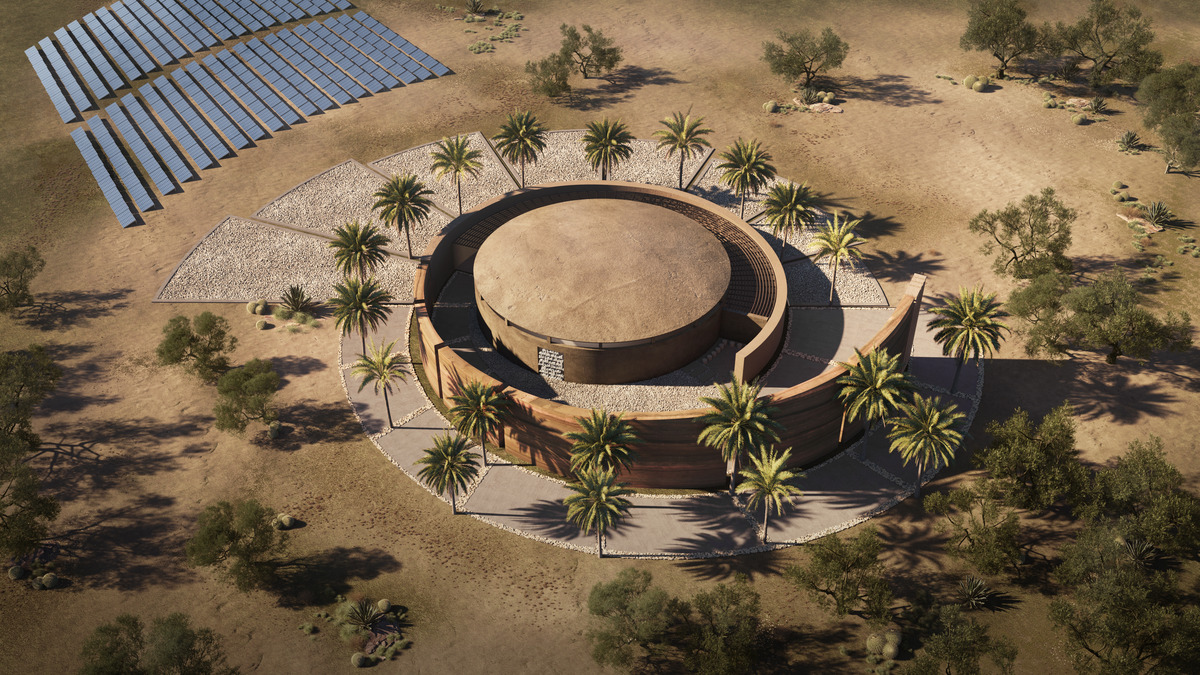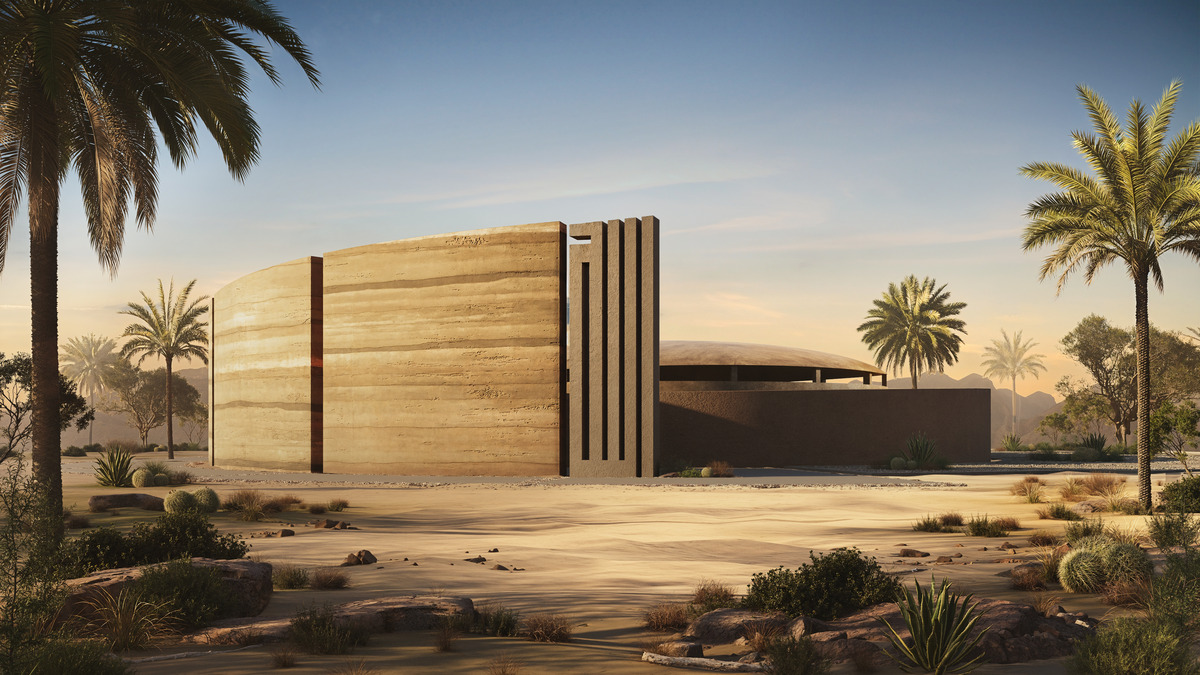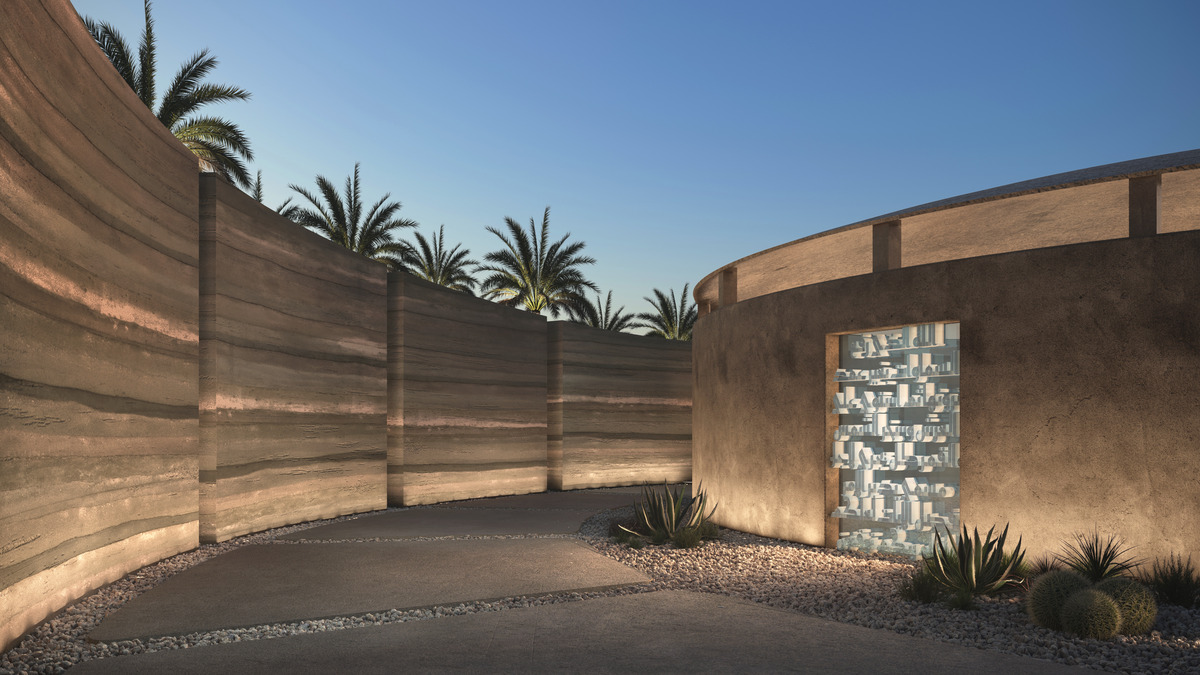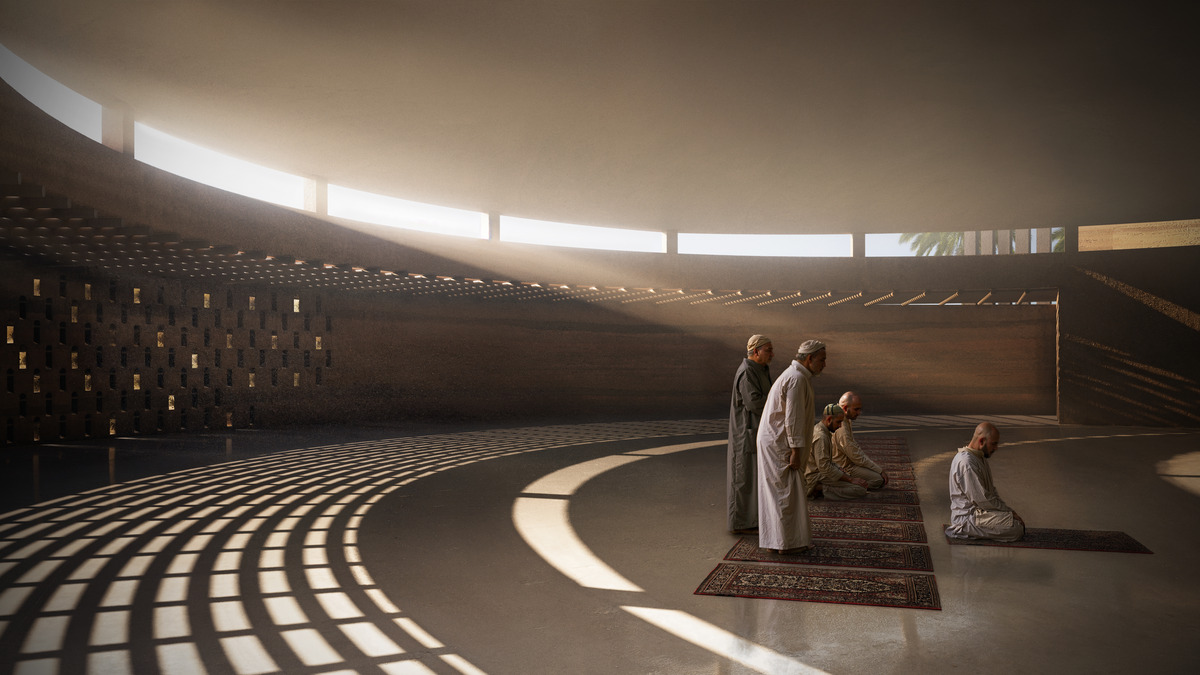When Pi, the protagonist of the Oscar-winning film Life of Pi (2012), first felt drawn to Islam, it was not through a lecture or a book on the faith, but rather, it was by observing how Muslims prayed inside a mosque.
Between the adhan (call to prayer) and the salat (prayer), there is a brief moment of liminal calm within a mosque. Worshippers are randomly scattered across an open space, some gathered in clusters with family members, others sitting in solitude, each absorbed in the recitation of Quranic verses.
The mosque is designed to breathe; with its open architecture and spacious design, it invites a sense of airiness, mirroring the unhurried stillness of the worshippers. Then, at the call to prayer, a collective shift occurs, ushering in a moment of shared spirit, where disorder gives way to order, and randomness yields to structure. Worshippers rise together—shoulder to shoulder, feet to feet — each individual contributing to a greater whole.
The indescribable beauty of Islamic prayer has not only captivated Pi but has also inspired thinkers, architects, artists, writers, and travelers around the world. Just as yoga is acknowledged for its capacity to promote environmental sustainability, Islamic prayer—and spiritual spaces like mosques—have become central to an emerging field known as spiritual ecology.
As part of a growing movement towards spiritual ecology, Sarah El Battouty, a leading Egyptian green architect and founder of ECOnsult, has spearheaded a new project: the first Net Zero mosque, demonstrating how religious spaces can be designed to minimize environmental impact. The project, set to be located in rural Egypt, reimagines construction for rural communities in warm climates.
Building the Sacred from Within
Sacred places of worship have long been viewed as separate from the material world; once one enters the sacred space, one transitions from the unspiritual realm into a space of spirituality. In these sacred spaces, we find ourselves connected to a higher order, and a higher power.
Yet, at its core, spirituality is not about isolation; it is about alignment with life and all living things, and recognizing the sacredness inherent in all living beings. For much of ancient history, ways of being were intrinsically connected to nature, and the Earth was regarded as sacred, worshipped by many faith traditions as a creation of the divine.
Just as ancient societies worshipped God in awe, they also marveled at the universe’s creation, holding it in high regard and viewing it as sacred. Spiritual ecology, in essence, is about rising above the persistent dualism that positions humans apart from nature.
In the context of Islam, many scholars and activists have emphasized the connection between the faith and environmentalism, particularly Fazlun Khalid, often regarded as “the most active Islamic environmentalist today.”
According to Khalid, the essence of Islam does not create a divide between humanity and nature; rather, it focuses on understanding humanity’s role within the larger cosmos. He argues that during the period of industrialization, religion was often reduced to mere rituals, but Islam encompasses much more than that—it is about how humans live in harmony with their environment.
Khalid’s argument is clearly reflected in the design of mosques. As Sarah El Battouty notes, mosque architecture is not solely concerned with religious rituals; it also integrates the surrounding public spaces, including the street and environment.
“The most intriguing and unique aspect of mosques is their ability to facilitate prayer beyond their physical walls,” El Battouty explains to Egyptian Streets. “Unlike other religious buildings, mosques allow worshippers to pray outside on the pavement and street, transforming public areas into expansive spaces for worship, as seen with hundreds gathering to pray outside packed mosques on Fridays.”
Traditionally, the architecture of the mosque is designed to encourage a connection with nature rather than confining worshippers within an enclosed sacred space. The Kaaba, for example, is set in a vast open area where pilgrims can look up at the sky and watch doves and birds soar above, where one can experience the divine through the beauty of nature as much as through the architecture itself.
“As an observer of this phenomena, I find the mosque’s design incredibly interesting because I can argue that architecture itself takes a backseat, and the prayer practice is not bound to a man-made space,” El Battouty adds.
Mosques are also much more than places of worship; they have evolved into community centres where individuals can experience a sense of belonging in myriad ways. Many mosques have become large centers with schools, dorms, mausoleums, and libraries.
In this sense, the way mosques are designed encourages visitors to engage in not just prayer, but also to learn and grow as individuals. The emphasis on learning and growing means that architecture should promote important values, such as choosing nature-conscious religious architecture and promoting a sense of stewardship towards the environment.
Restore, Reinvent, and Reimagine
When one thinks of sustainable architecture, the first image that often comes up is a corporate one, tied to economic growth and energy efficiency, frequently featuring green technologies or renewable energy.
Yet this narrow view of sustainability overlooks the true diversity of sustainable architecture. It goes beyond mere economic growth and material progress, it is about encompassing the entire ecosystem as a living entity.
Instead of solely focusing on efficiency and growth, sustainable architecture promotes a conscious way of life that values both the spiritual and the ecological.
Religious voices and perspectives are often overshadowed by scientific discourse. However, El Battouty’s Net Zero mosque project highlights the necessity of incorporating diverse viewpoints into the conversation as sustainable architects and advocates. Through her design, she brings to life what is stored in religious texts, traditions, and customs, transforming them into accessible environmental spaces like the mosque.
The goal is not to overhaul mosque architecture entirely, but to restore traditional concepts while reimagining and reinventing religious spaces. This restoration involves exploring how sacred spaces can contribute to global sustainability discourse, while also fostering a deeper human connection with the natural world through daily ritual practices.
Essentially, the Net Zero mosque harmonizes with its natural surroundings, blending seamlessly with the palm trees. Constructed from sustainable materials like rammed earth, palm, and recycled flooring, the mosque embodies a sacred space that unites spirituality and nature, demonstrating how the interconnectedness of all life can be experienced within a single space.
To bring the mosque back to its traditional form, the Net Zero mosque adheres to the age-old traditional Islamic practice of using symbols to represent the natural world instead of human figures — a tradition rooted in the Islamic prohibition against depicting human figures.
“Fahmy Moemen, my inspirational mentor, was the architect of the Holy Mosque of the Prophet in Medina (PBUH). He believed in representing flora and fauna and drawing heavenly symbols from the Quran,” El Battouty explains.
“I embrace this ethos by using these symbols, showcasing the beauty of the creatures and creations on this planet to foster a connection between the worshipping community and God through the appreciation of beauty,” she adds.
Certain mosque features have also been retained due to their essential role in prayer. “The minaret, dome, mihrab, and minbar, which serve as the focal points for community gatherings, prayer orientation, and sermons, are the core elements of mosque design that have been preserved,” El Battouty notes.
Each daily prayer, and each recitation, also serves as a reminder to participate in life as a species interconnected with the greater ecosystem. Amidst the noise of the world, the ritual of prayer grounds us within a circle that aligns with the center of a much larger one.
Rooted in the concept of a grounding circle, the Net Zero mosque’s spiral design embodies the concept of the spirit ascending, culminating in the word ‘Allah’. The interior’s circular, open-plan structure signifies the equality of all humans before the Creator. The ever-changing entry of light also symbolizes the passage of time and the lifespans of all living beings.
“Contemporary design can expand the concept of prayer into a lifestyle space where individuals can find reflection, inner peace, and a sense of tranquility,” El Battouty says.
The sustainability of the Net Zero mosque, however, extends beyond its construction; it is also about the legacy it seeks to instill in the hearts of every worshipper.
Its sustainability lies not only in the visible and tangible elements of the building but also in the way it brings people together with intention, inspiring them to look beyond themselves and contribute to a greater whole.










Comments (0)